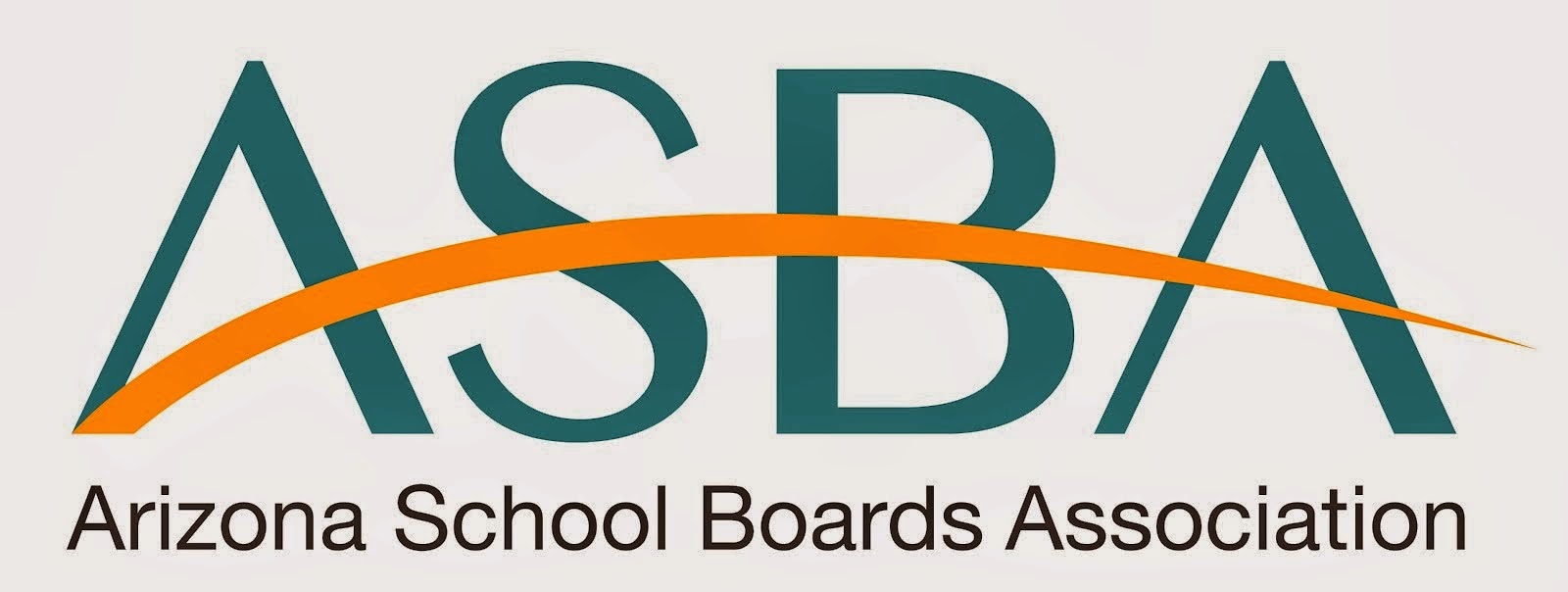 Working with the Center for the Future of Arizona and the National Institute for School Leadership (NISL), a team of leaders in Arizona Education sought research based strategies to improve student excellence and close achievement gaps, specifically asking what school leaders need to do in order to promote student excellence.
Working with the Center for the Future of Arizona and the National Institute for School Leadership (NISL), a team of leaders in Arizona Education sought research based strategies to improve student excellence and close achievement gaps, specifically asking what school leaders need to do in order to promote student excellence.
Marianne Lescher, Principal at Kyrene Traditional Academy, asked the attendees, “can we have equity with excellence or is it trade-off?” To outline, Elaine Jacobs of North Canyon High School gave an overview of the US and its International competitors. Their research in the highest performing countries revealed that students stack up equally in performance, no matter the socio-economic standing, when all systems are in alignment. Lescher pointed to NISL’s “Education Reform Agenda” which gives educators nine building blocks to ensure that all systems (support, development and management of schools) are in alignment, the key to achieving excellence and college or career ready students. “Leadership is part science and part art,” noted Giselle Herrera, Executive Director of Curriculum and Instruction at Tolleson Elementary School District. Herrera explained the importance of equity as a design criterion that should be built into school leadership systems. Making sure that there is support for families and teachers and using tools to assess moral and equitable culture are components needed to achieve “Equity in Action.”



